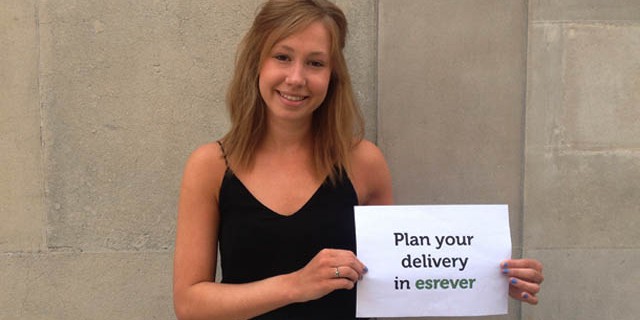
Top Ten Post-Production Tips for Short Filmmakers
The post-production element of filmmaking may seem daunting, but these ten key nuggets of advice from industry experts will help you sail to the finish.
Published 05 July 2013
When the excitement (and stress) of your short film shoot is over, the post-production may seem a daunting and challenging task. Here, Briony Hanson (Director of Film, British Council), producer Gavin Humphries and production manager Geradine O’Flynn offer some tips for a smoother ride on that home straight.
Words by Olivia Dean
1. Plan, plan and plan some more
Creating a timeline by planning the route to delivery in reverse, identifying key dates and determining when you want your film finished by are all useful for creating a working structure and maintaining momentum in the post-production stages.
2. Interrogate thoroughly
Whether you’re looking at a quote from a production house or a sales contract, ask lots of questions. It’s not uncommon for production houses to add in the cost of something which you could provide yourself for two thirds of the price (e.g. blank DVDs). Investing some time could well save you some money.
3. Be contract-clever
While legal paperwork is hardly the most exciting part of filmmaking, it is necessary. O'Flynn advised using contracts for as much as possible and getting them completed and out of the way with your own team, early on.
When dealing with external contracts (e.g. a production house), O'Flynn noted that they’re often standardised templates, so it’s important to query clauses that seem unnecessary and ask for clarification on any legal jargon. It’s also a good idea to ask other producers for advice on contracts as they will often suggest the important essentials for you. However, it may be worth considering paying a lawyer for the latter stages of signing a contract as it can be reassuring to have a professional looking out for your interests.
4. Be savvy with your time and space
Humphries observed that it’s worth considering if you want to work entirely with one production house or if you’d feel comfortable using multiple locations in order to multi-task and potentially speed up the post-production process. While this may be too daunting if you’re working on your first short film, it’s worth doing some research later down the line.
5. Know what you are expected to deliver
Whether you’re preparing your film for a buyer or a film festival, Humphries stressed the importance of not ending up with the wrong file format or the realisation that you've missed a particular type of mix required for the sound. Double check the requirements.
6. Communicate. A lot.
Humphries strongly advocated that while a group email can be annoying, it is often the most effective way to minimise any risk of miscommunication, and consequently errors, within your team during the post-production process. Establishing an easy way for everyone to be regularly updated with what’s happening will make those final few weeks much smoother.
7. "All media, worldwide, in perpetuity"
O'Flynn maintained that anything you dwell on in your film which is not your own work, e.g. a sculpture, a brand or a piece of music, will need clearance. In layman’s terms, "every platform, global rights, forever" is the ideal clearance from the offset. While minimal clearances are acceptable, if your film becomes successful, bigger clearances may be needed and this can lead to much more hassle later down the line.
Again, other producers can be a good source of advice or if you have a more unusual/trickier query, seek legal guidance to be on the safe side.
8. Have back-up options
When shooting a scene with music, always shoot a take without it if you haven’t yet got clearance for the track. If you begin using a track and then realise clearance for it is far too expensive, Humphries recommended scouring YouTube for similar but lesser-known tracks that will probably cost you a lot less to clear!
9. A DVD’s not enough
A film festival may want to view or screen your project in a different format from a television broadcaster. Don’t limit yourself by finalising your project in only one form. Humphries suggested that while the following formats are by no means an exhaustive list, they should cover all bases:
- HDCAM / HDCAM SR
- DigiBeta
- Blu-Ray
- DVD
- Apple ProRes (dimensions 1280x720/h.264)
10. Keep a copy of your film. And then keep a copy of that copy. And maybe one more copy.
Humphries suggested that you’ll probably want more than one drive to keep multiple copies separate. If your film is successful, you’ll need more than one copy of each screening format you have. It’s also a good idea to have a lower res version to send for consideration, perhaps to film festivals or for broadcasters, and a high res file that can be used for digital screenings.
***********************
These tips were taken from a session at the recent Short Sighted! one-day event for short filmmakers, produced by BAFTA, British Council and Shooting People.
Making a short? Get more advice here






